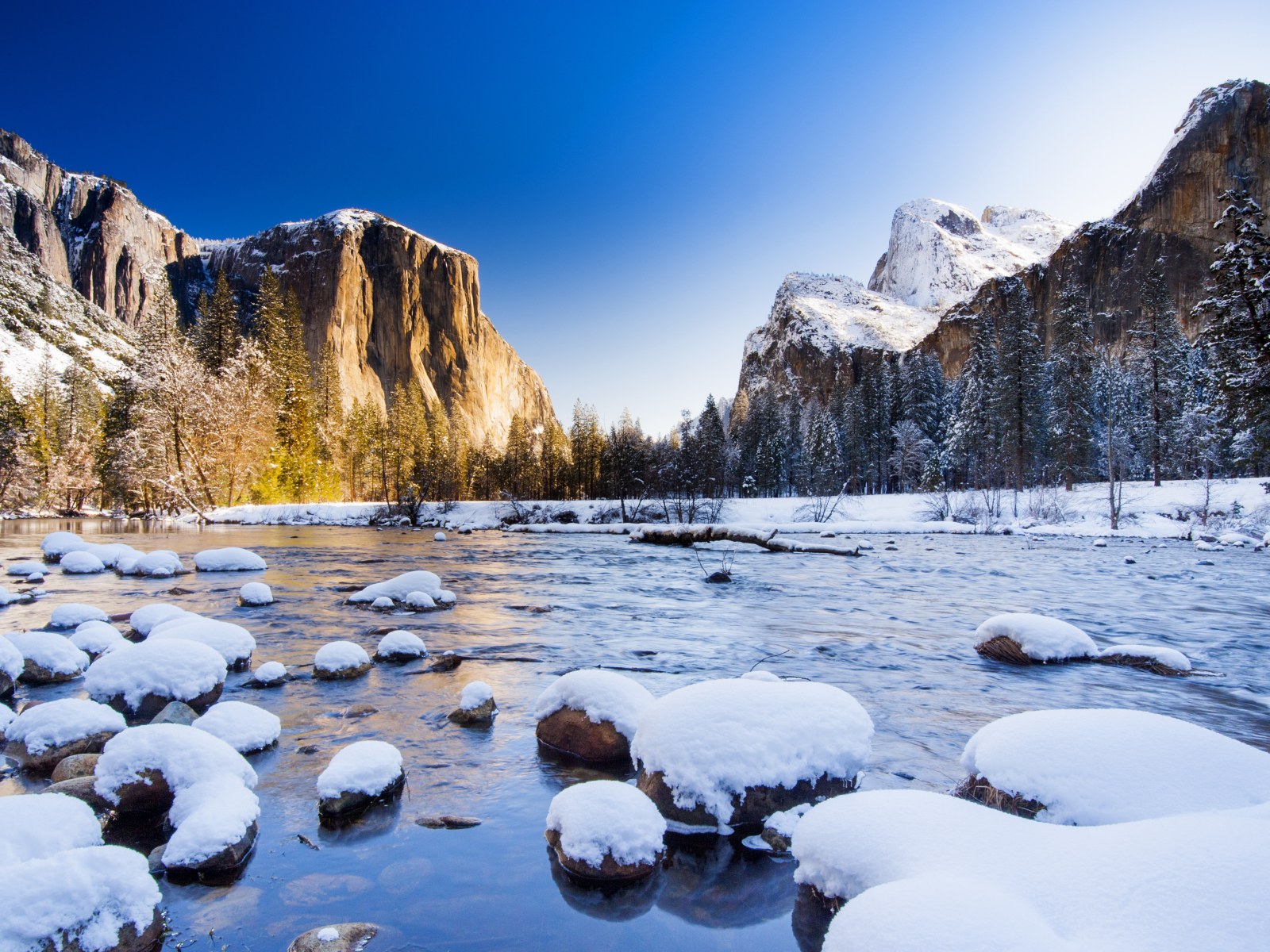Moving to colorful Mexico. Famous festivals and national celebrations
Getting to know Mexico as a country with colorful holidays and national celebrations.
Mexico, an amazing country in the continent of Latin America, is famous for its rich historical roots, diverse culture and exciting national celebrations. This kaleidoscopic world, imbued with the flavors of traditional cuisine, the sounds of music and the colors of vibrant celebrations, attracts the attention of millions of travelers and explorers.
The history of Mexico is rich and fascinating. It is a place where ancient civilizations such as the Aztecs and Mayans intertwined with the colonial legacy of the Spanish conquest. Over time, Mexico has become a mosaic of cultures, blending ancient Indian lore, Catholic rituals, Spanish architecture and a host of other cultural influences.
Mexico is famous for its unique culture, which is manifested in a variety of traditions, customs, arts and crafts. More than 45 million tourists visit Mexico each year to enjoy its colorful festivals and experience its unique atmosphere. Here you will find bright and colorful national costumes, masquerade theaters, picturesque handmade markets and, of course, exquisite Mexican cuisine with its aromatic dishes and savory spices.
But perhaps the most impressive and exciting aspect of Mexican culture is its national holidays and festivals. These are amazing events filled with joy, color, music and dance that reflect the spirit of the people and their historical traditions. Every holiday in Mexico is an opportunity to immerse yourself in a unique atmosphere and feel the living pulse of this culturally rich country.
In this article we are going to dive into the wonderful world of Mexican national holidays and festivals, revealing their history, traditions and significance for the local population. We will get to know the different festivals celebrated in different regions of the country and learn why they are so important to Mexican culture and national identity.
Famous Festivals Overview: A detailed look at various popular festivals and national holidays in Mexico.
Festivals in Mexico play a significant role in the lives of the locals, reflecting their culture, traditions and history. Each of them has deep historical roots and important significance to the society. Let’s take a look at a few of the most famous festivals and their history:
Day of the Dead (Día de los Muertos):
Date: November 1-2.
Location: All over the country, especially celebrated in Mexico City, Oaxaca, and Patzcuaro.
Description: This festival honors the memory of the dead and is a mixture of Christian and Native American traditions. Altars decorated with skeletal figures and brightly colored flowers are set up during the celebration, and parades and street performances are held.
Costumes: Participants often wear costumes that reflect images of the dead and the symbolism of death.
Participation: Tourists can join street festivities and parades, as well as visit local cemeteries and altars.
Admission to the festival: Free, although fees may apply for special events or excursions.
Carnaval de Veracruz:
Date: Depends on the date of Easter, usually in February or March.
Place: Veracruz.
Description: One of the largest carnival celebrations in the world, with merry processions, costume balls and street festivities.
Costumes: The participants wear colorful and varied costumes that stand out for their originality and creativity.
Participation: Tourists can take part in processions, parades and street celebrations.
Admission to the festival: Free of charge, but there may be additional costs for accommodation and participation in special events.
Festival of Dragons (Festival de los Dragones):
Date: November 2.
Place: Mexico City.
Description: A celebration of Chinese culture and traditions with parades, fireworks and costumed dragon processions.
Costumes: Participants can wear costumes of dragons and other Chinese symbols.
Participation: Tourists can take part in the parades and festivities.
Getting to the festival: Free to observe, but there may be costs for lodging and additional activities.
These festivals offer a unique opportunity to immerse yourself in Mexican culture and traditions, meet locals and enjoy a colorful and memorable experience.
Day of the Dead (Día de los Muertos): History, traditions and customs of this unique holiday.
The Day of the Dead is one of Mexico’s most significant and colorful holidays. Its history dates back more than 3,000 years and has its roots in ancient Aztec and Mayan cultures. This holiday was invented to honor the dead and strengthen the bond between the living and the dead.
According to Aztec beliefs, the souls of the dead could return to earth on certain days of the year. Celebrating this moment was necessary so that the dead would not be forgotten and would remain in the hearts of the living. Over time, this ancient ritual was combined with Catholic holidays such as All Saints’ Day and All Souls’ Day to become the modern Day of the Dead.
The Day of the Dead celebration runs from October 31 to November 2. During this period, Mexicans create altars (ofrendas) in homes and cemeteries, decorating them with flowers, candles, photos of the deceased, and objects that the deceased loved in life. They bring flowers and food to graves, have picnics at cemeteries, and have costume parades.
During the Day of the Dead, many people wear costumes symbolizing skeletons or scrappy characters such as La Katrina. Makeup with skulls and bright colors is also common. The festival uses costumes and props reminiscent of death, but with humor and joy in the spirit of the holiday.
The festival is accompanied by music, dance and theatrical performances. A musical liturgy is played in the streets and people perform traditional Mexican dances such as the “danza de la muerte” (dance of death). Theater groups also present plays and plays about death and resurrection in a fun and colorful way.
For Mexicans, the Day of the Dead has deep cultural significance. It is a time for remembrance of ancestors, reflection on the meaning of life and death, and an opportunity to pay tribute to the dead. The holiday allows people to connect with the traditions and rituals of their ancestors, preserving the country’s cultural heritage.
Participation in the Day of the Dead is available to everyone, both locals and tourists. To do so, you simply need to visit Mexico in late October or early November and join a local event
Carnaval in Veracruz (Carnaval de Veracruz)
The history of Carnaval in Veracruz dates back more than 150 years. This festival was created in 1866 during the reign of Emperor Maximilian I, when the locals decided to organize a celebration in honor of Shrovetide, combining it with the traditions of the Catholic holiday before the beginning of Lent. Over time, Carnival has become a traditional and important event in the cultural life of Mexico.
Carnival in Veracruz is the largest and most famous carnival in the country. It attracts thousands of participants and spectators from all over the world. It is celebrated before the beginning of Lent, usually in February or March, and lasts about a week. During carnival, the streets of the city are filled with colorful parades, music and dancing.
One of the features of Carnival in Veracruz is the variety of costumes and masks. Participants dress up in bright and colorful outfits representing various characters from Mexican culture and history. Traditional costumes include bright colors, fluffy skirts, lace and jewelry that create a fun and festive atmosphere.
Props used at a carnival include carnival masks, musical instruments such as ratchets and drums, and various decorations and props for parades and performances. These elements add color and authenticity to carnival events.
Carnival in Veracruz is accompanied by live music, dancing and theatrical performances. Street performers and musicians play guitars, trombones and other instruments, while dancers perform traditional Mexican dances to the sounds of Latin American music.
For Mexicans, the Carnival of Veracruz has great cultural significance. It helps preserve the country’s traditions and heritage, and serves as a celebration of fun, joy and fellowship.
Participating in the carnival allows people to savor the moment and immerse themselves in the unique atmosphere of Mexican cultural diversity.
Festival de los Dragones (Festival of Dragons)
The Festival of Dragons, or Festival de los Dragones, is one of the most fascinating and exciting cultural events in Mexico. This festival has a rich history and roots that go back many centuries.
The history of the festival is linked to ancient Aztec rituals, which are a mixture of mythology and religious rituals. The festival originated in honor of the god Quetzalcoatl, who is often depicted as a dragon. Quetzalcoatl is considered one of the most revered gods in Aztec mythology, and his image is often seen at various cultural events in Mexico.
The Dragon Festival is celebrated in different regions of Mexico at different times of the year, but usually occurs during the spring and summer months. It attracts thousands of participants and spectators from all over the world who want to immerse themselves in the unique atmosphere of the festival.
This festival is of great importance to the cultural heritage of Mexico. It serves as a celebration of admiration and respect for the country’s ancient traditions and mythology, as well as an opportunity for people from different cultural backgrounds to come together and celebrate together.
During the festival, participants dress up in dragon costumes using bright colors, feathers, scraps of cloth and masks. The costumes are often decorated with bright patterns and jewelry, giving them a majestic and mystical look.
The festival also uses a variety of props including fireworks, flashlights and lanterns. This creates an impressive and magical atmosphere for the evening festivities as participants parade through the streets of the city carrying glowing lanterns and shouting praises to the ancient gods.
Music is an integral part of the festival and many participants play traditional instruments such as ratchets, drums and flutes. There are also various theatrical performances and plays dedicated to ancient myths and legends.
Attending the Dragon Festival is an opportunity to immerse yourself in the wonderful world of Mexico’s ancient myths and legends, and experience the excitement and thrill of participating in one of the country’s most exciting and mystical cultural events.
Preparing for the move: Practical tips and advice on moving to Mexico, taking into account the country’s cultural sensitivities and festive atmosphere.
After experiencing Mexico’s diverse and exciting festivals, there is a natural desire to immerse yourself even deeper into this unique culture, perhaps even planning a move to this amazing country. However, before embarking on this important step, there are some specifics to consider and prepare for.
Moving to Mexico can be an exciting and adventurous experience, but it also requires careful preparation, especially considering the country’s cultural sensitivities and festive atmosphere.
Above all, it is important to consider the time aspect and plan your move to Mexico during the off-season or when there are no major public events or holidays. This will help to avoid congestion in tourist destinations and provide a more comfortable adjustment to the new environment.
When choosing where to stay, it is important to consider proximity to local attractions and festivities. It is ideal to choose housing in a scenic area where you can enjoy the atmosphere of the local culture and participate in holiday festivities without having to travel outside of your neighborhood.
Preparing for the move also includes learning about local customs and traditions to be prepared for cultural differences and expectations. It is important to respect local customs and express interest in the local culture to help integrate into the new community.
However, keep in mind that some holiday celebrations and cultural traditions may have certain restrictions or obstacles. For example, during some religious holidays there may be temporary bans on the sale of alcohol or entertainment. It is therefore worth planning ahead and taking into account possible restrictions during holidays.
It is also important to be aware of local rules and laws, especially with regard to safety and public order. This will help avoid unpleasant situations and ensure safety in the new environment.
Thus, preparing for a move to Mexico requires careful study of the local culture and traditions, planning the time and place of the move, and taking into account possible restrictions and obstacles related to cultural events and holidays. With proper preparation and customization, one can fully enjoy the new experience and encounter with the amazing culture of Mexico.
Contact us in any way:
Telephone: (954) 773-9667
E-mail: abs@absoluteinc.org
Website: https://absoluterelocationservices.com





